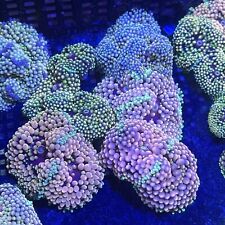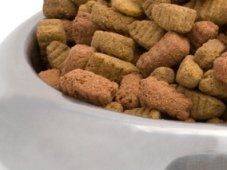Overweight Cats

How to Help Your Overweight Cat
Is your cat too fat? He’s not alone. Feline obesity is on the rise, although obesity in cats in not as common as obesity in dogs. And while your cat may look cute in his pudgy state, an overweight cat is not healthy. Just as we humans shorten our lifespan when we broaden our waistlines – your overweight cat is at an elevated risk for liver problems, joint pain, and diabetes. Obesity in cats is usually caused by a combination of overfeeding the cat and lack of adequate exercise.
How to Tell if Your Cat is Too Fat
Assessing your cat’s body subjectively will help you to determine if your cat needs to be put on a “diet”. In a normal sized cat that is of a healthy weight, you should be able to palpate the ribs and feel the backbone. If you cannot do this without pressing down, then your cat is too fat. You should also be able to see a “waist”. This can be found between your cat’s hips and rib cage when you look down on your cat from above. When you look at your cat from the side, you should be able to see a tuck in his tummy and the abdomen should go from the inside of the thighs to the bottom of the rib cage. If your cat does not have these characteristics, it is likely overweight. If you are uncertain about whether or not your cat is actually overweight, your veterinarian can help you assess your cat’s weight and determine if any action is needed to correct your cat’s weight.
Addressing Your Cat’s Weight Issues
If your cat is too fat, addressing the problem right away is important. You will need to:
- Correct the cat’s diet. An overweight cat is taking in more calories than it needs to thrive. Ask your veterinarian to help you in determining the caloric requirements for your particular cat. Your vet can also help you to select a suitable cat food for your overweight cat, and work with you in calculating the number of calories and amount of food that your cat needs to be fed each day. Optimally, your cat’s diet should include a standard level of fermentable fiber and the kind of fat that keeps the cat’s coat and skin from deteriorating during his “diet”. Keep in mind that a diet for your cat that dilutes his calories with high fiber will fill him up and satisfy his appetite, but will also make him hit the litter box more often and his stools will be much larger than normal.
- Make sure the cat exercises. While it is likely impossible to force a cat to exercise, you can encourage your cat to increase his physical activity. A good way to increase the amount of exercise that your cat gets is to be active with him. More exercise equals more calories burned, a reduction in your cat’s appetite, changes to his body composition, and an increase in his resting metabolic rate – all of which will make him healthier.
- Modify your own behavior. Successfully managing your cat’s weight will require a change in your own behavior as well. Are you giving your cat too much food? Too many treats? Are you allowing your cat ample opportunity to get the exercise he needs? You are your cat’s biggest supporter when it comes to attaining an ideal weight.
- Commit yourself to your cat’s good health. Remove your pet from the room when it is meal time. Most families feed an overweight cat some food from the table. After all, who can resist that circling feline who seems to be begging for just a bite? Give your overweight cat several small meals each day as opposed to a large one. Only feed the cat in its bowl, and give your cat lots of love that doesn’t involve food. Many times, cat owners try to love their cat with food because they don’t have time to dole out the attention the cat needs. This can only exacerbate your cat’s obesity.













